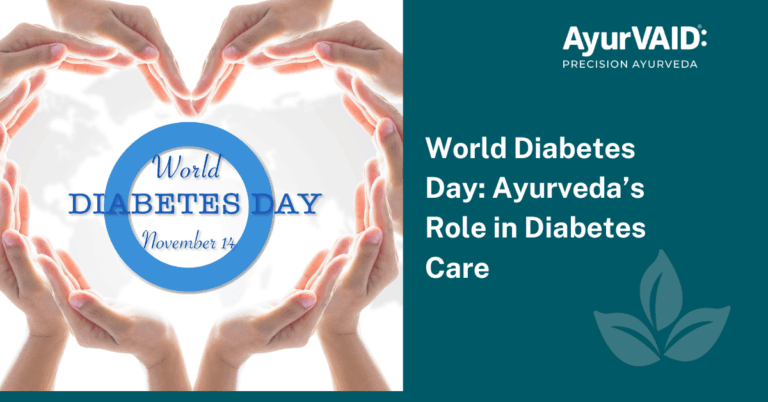May marks ALS Awareness Month, a time dedicated to spotlighting Amyotrophic Lateral Sclerosis (ALS) — a progressive neurological disease also known as Lou Gehrig’s disease. This global campaign not only honours individuals currently battling ALS and remembers those we’ve lost, but also drives essential conversations around what causes ALS, encourages support for ALS research, and spreads awareness of available care strategies. Although modern science is still searching for ALS causes, the Ayurvedic diet for ALS is becoming increasingly popular due to its ability to support general health, with emphasis on neurological balance. Throughout ALS Awareness Month, the mission is simple: to increase public knowledge, speed up research, and help those suffering from this complex and currently incurable condition.

What is ALS?
Amyotrophic Lateral Sclerosis (ALS) is a common type of motor neuron disease (MND) affecting the motor part of the nervous system. It involves the progressive degeneration of both upper and lower motor neurons, affecting the corticospinal tract, anterior horn cells, and bulbar motor nuclei. The disease’s name, “Amyotrophy,” refers to muscle weakness and atrophy caused by denervation and muscle fibre shrinkage following motor neuron loss. ALS symptoms include muscle cramps, weakness, atrophy in the hands and feet, and can spread to forearms, shoulders, and lower limbs. As the disease progresses, symptoms like hoarseness of voice, dysphagia, slurred speech, increased saliva production, and a propensity to choke, and some bodily functions are usually spared. ALS has a difficult prognosis, with 50% of patients dying within 3 years, 20% within 5 years, and 10% within 10 years from respiratory muscle failure. Survival beyond 30 years is rare.
What Causes ALS?
Despite ongoing research, the causes of ALS remain largely unknown. The current hypothesis considers ALS a multifactorial disease. Several factors are involved in its development.
The factors possibly involved have included:
- Genetic Factors: ALS is familial in about 5% to 10% of cases, found to occur when persons carry certain genes. Mutations in genes such as SOD1, TARDBP, and FUS are associated with ALS.
- Environmental Factors: Certain elements in the environment have been implicated in causing neuro damage. Metals such as lead and mercury, pesticides, electromagnetic fields, and even viral infections pose a risk.
- Lifestyle Factors: Smoking might contribute to increased risk in professional athletics, and work-related hazards have been indicated as potential risk factors.
While the above factors are being examined, what remains a mystery for the majority of sporadic (non-familial) ALS cases is the trigger(s), whether single or combined.
ALS - Ayurveda Perspective
It is a disease primarily caused by the vitiation of the Vata Dosha, which has multiple possible origins. The clinical features of ALS, such as Stabdhata (stiffness), Aksha glani (sensory weakness), Mamsashosha (atrophy), Sphurana (fasciculations), Avamotana (muscle cramps), Annapravesha Kricchrata (difficulty swallowing), and Vak Sanga (slurred speech), are seen as indicative of significant Vata Dosha dominance throughout the disease progression.
Ayurveda treatment for ALS aims to improve quality of life and slow the progression of the disease by treating the underlying imbalances. Srothosodhana (purification of channels) and Brimhana (nourishing therapies) are done. Udwarthana (herbal powder massage), Abhyanga (oil therapy), Bashpa Sweda (steam therapy), and Vasti (enema) are used as main Panchakarma procedures.
Ayurvedic Diet for ALS
The Ayurvedic diet in ALS plays a vital role in management, mainly to balance the Vata dosha and nourish depleted tissues. Nutrition is aimed at strengthening muscles and promoting good health.
- Warm Nourishing Foods: Warm cooked food, which is light enough to be digested, such as soups, stews, and khichdi. Whole grains like rice and oats are recommended.
- Healthy Fats: The inclusion of healthy fats such as ghee and oils like sesame is considered good for nerve health and energy.
- Proteins: Proteins that are easily digestible are important so they can help maintain muscle mass, lentils and beans being the most common sources, along with dairy.
- Fruit and Vegetables: Fresh seasonal fruits and vegetables are the main focus; in particular, fruits and veggies with natural sweetness and moisture, like bananas, avocados, and leafy greens.
- Spices: Such anti-inflammatory herbs and spices as turmeric and ginger will reduce the inflammation against which we try to build the body.
Ayurveda recommends other Dinacharya (lifestyle modifications) for the management of ALS symptoms. Forming some regular routines such as maintaining sleeping patterns, meal times, exercising lightly, yoga and stretching, for flexibility and circulation without overexertion, detoxification therapy at intervals, and stress management techniques such as meditation and mindfulness.
Conclusion
The combined goal is to increase the well-being of persons affected by this difficult condition. With the arrival of ALS Awareness Month 2025, let us all highlight the importance of creating awareness, backing research, and extending empathy and understanding to individuals affected by ALS and their families.







